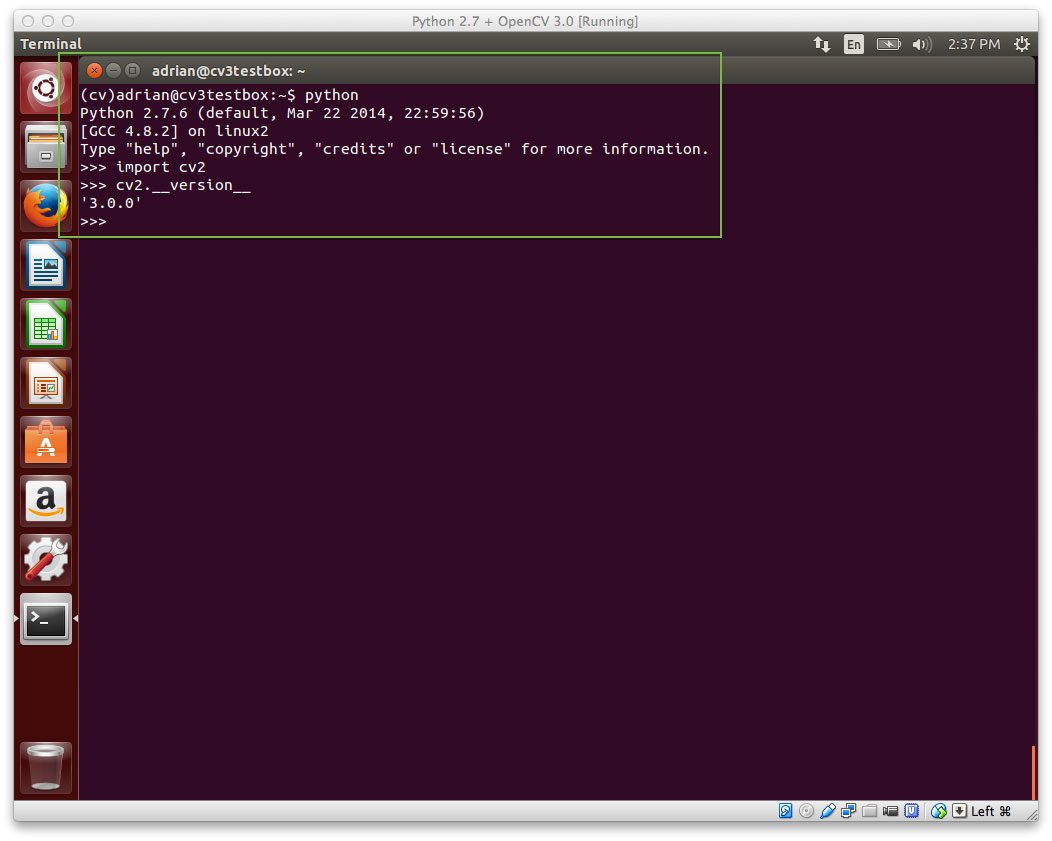
concat(input_video, merged_audio, v=1, a=1)įile "c:\Users\messa\Desktop\upcoming project\videodownloader.py", line 65, in įile "c:\Users\messa\Desktop\upcoming project\videodownloader.py", line 26, in hd1080pįile "E:\Users\messa\AppData\Local\Programs\Python\Python39\lib\site-packages\ffmpeg\_run.py", line 313, in runįile "E:\Users\messa\AppData\Local\Programs\Python\Python39\lib\site-packages\ffmpeg\_run.py", line 284, in run_asyncįile "E:\Users\messa\AppData\Local\Programs\Python\Python39\lib\subprocess.py", line 947, in _init_ V = yt.streams.filter(mime_type="video/mp4", res="1080p", adaptive = True).first().download(filename = "HD1080P.mp4") Userurl = (input("Enter a youtube video URL : ")) I've also tried using diffrent ways to set the path like putting it directly without saving it to a variable, this is getting me crazy please help me with a solution. A new page opens.Everytime i launch the code and set the correct path it gives me this error, I tried including ffmpeg path, uninstalling and installing the library back but no luck. Hover over the Windows logo and click the Windows builds from v link. The More downloading options section has FFmpeg packages and executable files for Linux, Windows, and Mac. Users can run FFmpeg directly from the command line without typing in the full path to the app's folder. Therefore, Windows knows where to look for the executable. However, the process is time-consuming and impractical.Ī straightforward way to work with FFmpeg is to add it to PATH by editing Windows environment variables. Additionally, users can manually navigate to the folder containing the executable and run the program. Installing FFmpeg on Windows requires adding the utility to the Windows PATH. Command Prompt or Windows PowerShell access.


A system running Windows (This tutorial uses Windows 10).


 0 kommentar(er)
0 kommentar(er)
